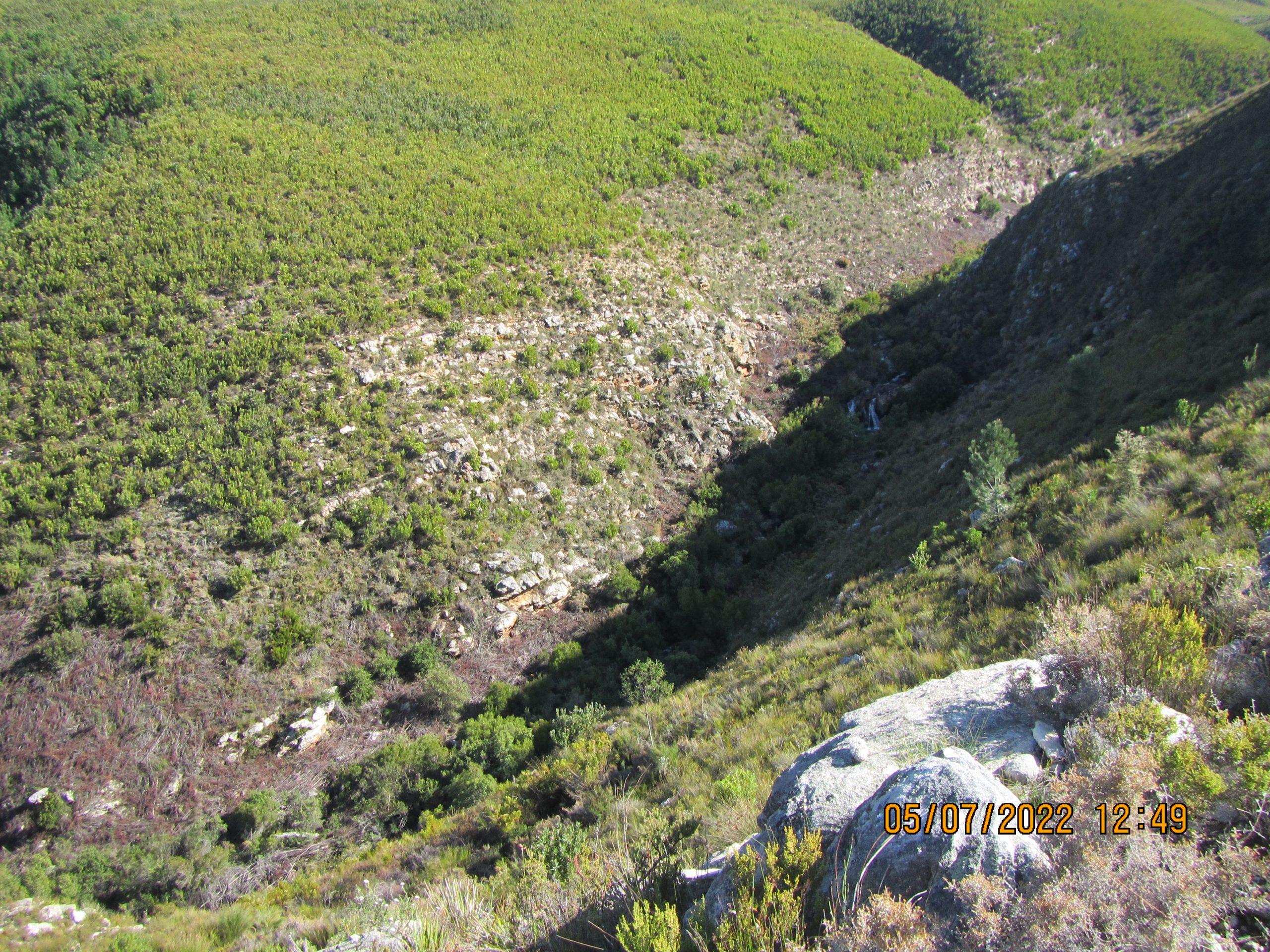One of the unique attributes that the Cape Winelands is known for is the rich diversity of flora that occurs naturally in our area. The Proteaceae family is a large group of plants and, like all families, have many different faces that all need very specific conditions in which to thrive. Alien vegetation and its consequences are one of the biggest threats, not only to our flora but to our whole natural environment too.
The Cape Winelands District Municipality’s (CWDM) Spatial Planning and Environmental Management division is mandated to manage projects that help protect our natural biodiversity and conserve water. One of these projects is alien vegetation clearing, which comprises several factors:
- Firstly, the impact of alien vegetation on our environment, including rivers and therefore our food security.
- Secondly, the projects create job opportunities for those living in rural areas. Since January 2023, projects have created 110 job opportunities.
- Thirdly, the process of clearing often generates further opportunities for community projects to produce and sell firewood and, depending on the location, allows communities to collect the off-cuts for use at their homes.
The most important factor, however, is our environment. When alien vegetation takes over, it outgrows natural vegetation and blocks the sun, extracts water from the soil and kills all the naturally occurring indigenous vegetation. Alien vegetation is extremely thirsty, meaning that unlike our indigenous trees, they use a lot of water, and we all know that water is vital to all of us.
The first aspect that is considered when identifying an area for clearing is the impact that the alien vegetation is having on the environment. Once this has been established and clearing deemed necessary, a number of procurement processes are required and, once finalised, the actual clearing can start.
The contracted teams begin by cutting down trees and applying herbicide on the tree stumps, thus preventing the tree from growing again. The tree trunks and larger branches are stacked into biomass piles for further processing by firewood contractors.
However, this is only the first stage of the process. The age of the alien trees at the time of clearing has a huge impact on the clearing process – the older the trees the deeper the seed load is. This means that clearing teams have to return to the cleared ground every few months to eradicate the new alien trees that have sprouted. Only once the alien vegetation has been mostly removed, will the conditions be favourable for the natural vegetation to re-establish.
Remember that the vegetation is unique to each area, so it is not advisable to sow seeds from fynbos that grows in other areas into the newly cleared area. We want to give the use indigenous vegetation an opportunity to re-establish. One of the factors that makes our flora so unique is the fact that many varieties are found only in specific areas.
As stated, local contractors remove the biomass to be sold as firewood, which helps residents generate income. Depending on the locality of the area, residents sometimes collect the leftover offcuts to use for the provision of warmth and food preparation.
The CWDM only clears vegetation that is growing on municipal property. Interestingly, the law provides that landowners must eradicate alien or invasive vegetation that grows on their land. This is why many landowners invite firewood contractors to clear a section of their ground but this has some challenges.
It is important to ensure that the leftover branches and wood deemed too small for use by the contractor are removed once the ground is cleared. Often, a contractor will only remove the trunks and branches that can be turned into firewood, leaving the smaller branches and twigs. These become dry and are ideal fuel for veld fires. Due to the natural resin or oils that occur in many alien species such as black wattle, alien trees burn at high temperatures, which then destroys the seeds of the natural vegetation that may have settled in the ground and were waiting for the right conditions in which to germinate.
The CWDM’s Spatial Planning and Environmental Management unit is active throughout the district. There is a project under way in the Houtbaai River outside McGregor, which is in its second/third year. When the project started, the alien vegetation was so dense that it was choking the river and preventing the free flow of water. Although the area is still a little bare, the natural small karoo vegetation will return in the next few years as it has in Ceres. The images below show the Koekedou area before clearing, just after clearing and what is looks like now. In the last image one can clearly see the prosperous indigenous growth returning. Note on the images of the Houtbaai and Koekedou areas that one could initially not even see the river, and how it appears now. (image)
You too can eradicate alien vegetation. Learn to identify alien trees and plants and share this knowledge with family, neighbours and friends. Only plant indigenous or non-invasive plants, trees and shrubs in your garden. You can find a list with pictures of the alien vegetation on: https://www.capenature.co.za/alien-vegetation-management
The top 10 invasive alien plants affecting the Western Cape are:
- Rooikrans
- Black wattle
- Port Jackson
- Silky hakea
- Long-leafed wattle
- Stink bean
- Australian myrtle
- Spider gum
- Cluster pine
- Blackwood
